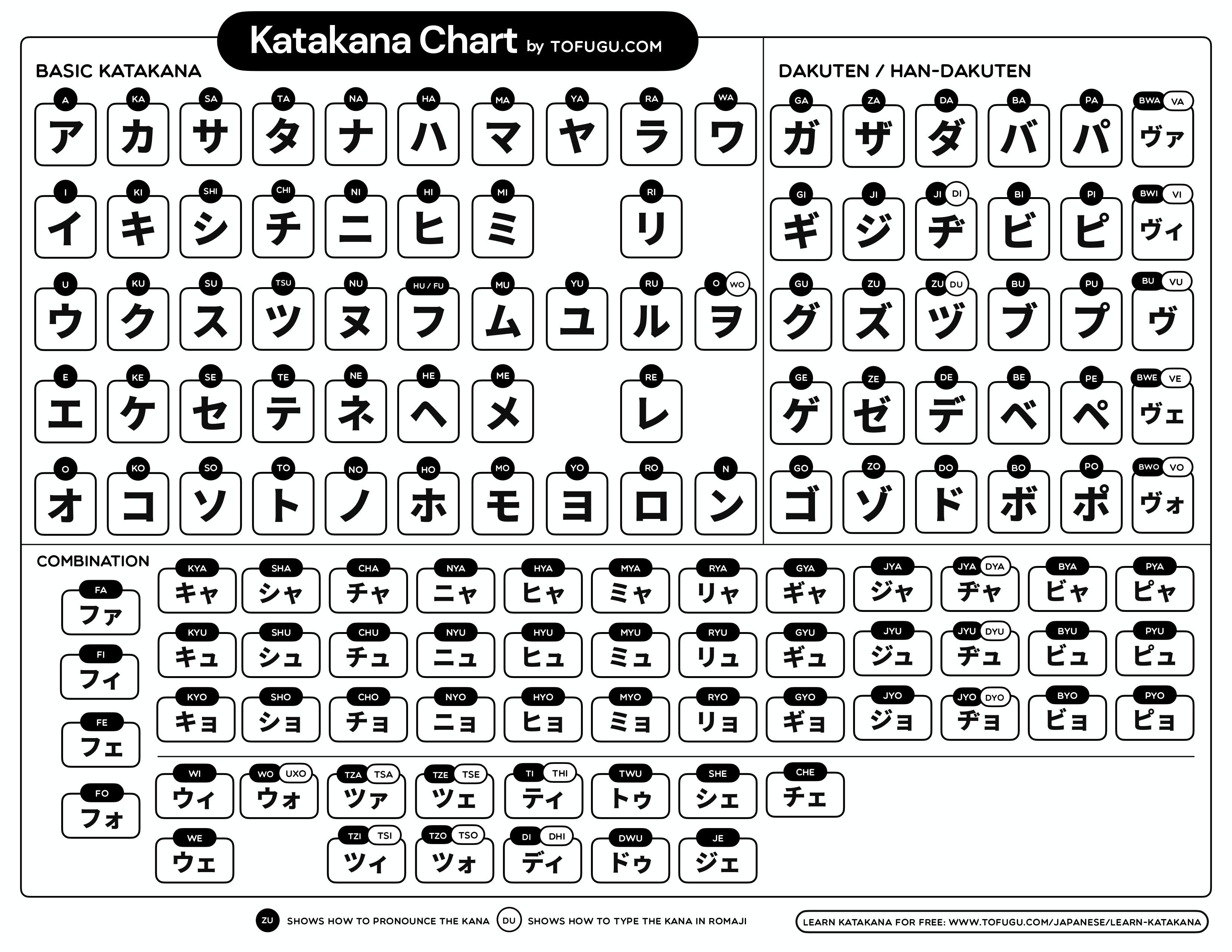Katakana, one of Japan’s three writing systems, often intimidates new learners. The question “Do I Need To Learn Katakana?” is common. This guide answers that question definitively, exploring katakana’s uses, providing learning resources, and outlining why mastering it is crucial for your Japanese language journey.
Understanding Katakana’s Role
While hiragana represents native Japanese words and grammatical particles, katakana primarily transcribes foreign words and onomatopoeia. This doesn’t mean it’s less important. Understanding katakana unlocks a significant portion of the written Japanese language.
Why Learn Katakana? Key Benefits
Mastering katakana is essential for several reasons:
1. Decoding Foreign Words
Katakana renders foreign words, especially English loanwords, into Japanese pronunciation. Encountering words like コーヒー (kōhī – coffee) or コンピューター (konpyūtā – computer) becomes commonplace. Without katakana knowledge, these everyday terms remain indecipherable.
2. Understanding Onomatopoeia
Japanese utilizes onomatopoeia extensively, conveying sounds, emotions, and descriptive expressions. Katakana brings these words to life, enriching your comprehension of nuanced language. Think of words like ドキドキ (dokidoki – heart pounding) or ニコニコ (nikoniko – smiling).
3. Accessing Scientific and Technical Terms
Many scientific and technical terms utilize katakana. This proves invaluable if you’re interested in fields related to science, technology, or medicine in a Japanese context.
4. Navigating Menus and Signs
Restaurant menus frequently use katakana for food names, especially dishes of foreign origin. Recognizing katakana helps you order confidently and explore Japanese cuisine. Similarly, public signs often incorporate katakana for foreign names and places.
How to Learn Katakana Effectively
Various methods facilitate katakana learning. Building upon your hiragana foundation, recognizing patterns and utilizing mnemonics will accelerate your progress:
1. Katakana Charts and Mnemonics
Visual aids like katakana charts provide a comprehensive overview of the characters. Mnemonic devices, associating characters with images or words, aid memorization.
2. Practice and Repetition
Consistent practice, writing characters repeatedly and reading katakana words, solidifies your understanding. Flashcards, workbooks, and online quizzes provide valuable practice opportunities.
3. Immersion and Contextual Learning
Immersing yourself in Japanese media, even beginner-friendly materials, exposes you to katakana in context. This reinforces learning and demonstrates practical application.
Beyond the Basics: Dakuten, Combination Katakana, and Long Vowels
Once you grasp the basic characters, exploring modifications like dakuten (voiced consonants), combination katakana (creating new sounds), and long vowel markings enhances your comprehension.
Conclusion: Katakana is Indispensable
So, do you need to learn katakana? Absolutely. It’s an integral part of reading and understanding Japanese. While initially challenging, mastering katakana expands your linguistic capabilities and deepens your appreciation for the nuances of the Japanese language. Embrace the learning process, utilize available resources, and enjoy the journey of unlocking this essential element of Japanese literacy. Don’t delay—start learning katakana today!
